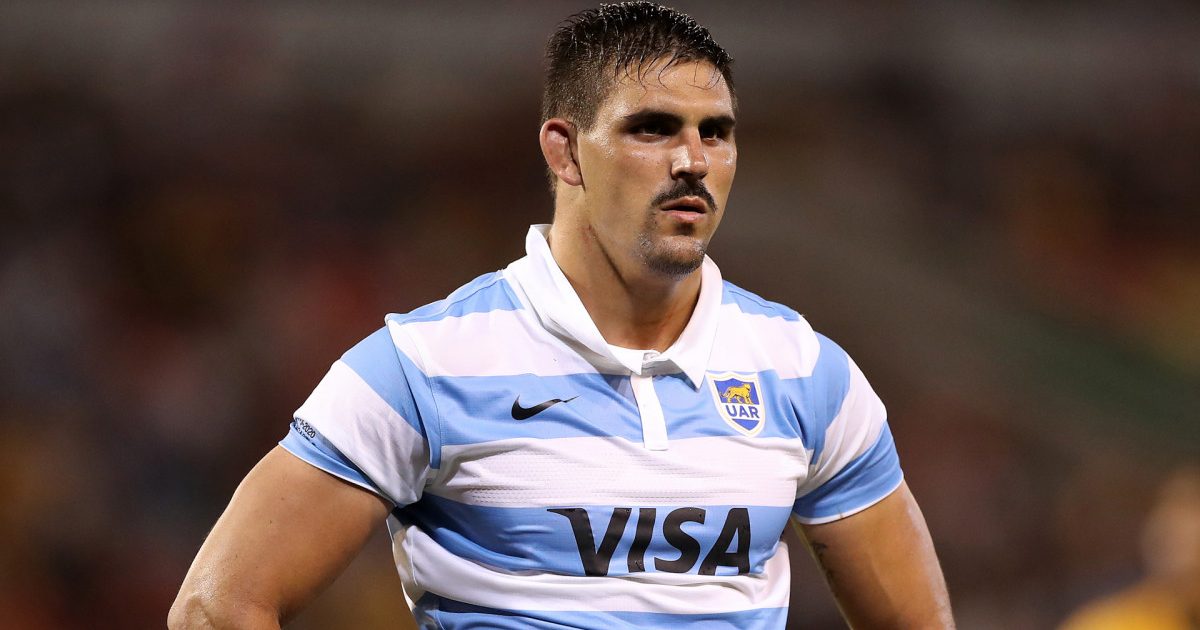How a defence straight out of the NRL has Los Pumas set for All Blacks Test

Rugby continues to evolve, and some coaches like to be at the forefront of that movement, pushing innovation.
When Michael Cheika hired David Kidwell to manage Argentina’s defence, it wasn’t the first time a rugby league coach had switched codes to union. It wasn’t even the first time Kidwell had switched codes, having been an assistant in Japan’s defence coaching set-up for the 2019 world cup.
However, the continual development of rugby’s tactics and structures means timing can be just as crucial when assembling your coaching team as the personel involved. That is where Cheika has hit the money ball with Kidwell.
The rush defense has become a dominant force in the modern game, a well-executed defensive line at pace can nullify the best of attacking talent (just ask Ian Foster).
Cheika is up with the times, he has a strong vision for his Pumas team heading into the 2023 World Cup and the influence of rugby league’s defence is a big part of it.
Former All Blacks hooker James Parsons put it plainly this week on the Aotearoa Rugby Pod:
“Rugby League defences are the rush; they chance their arm,” Parsons said. “We see those wingers jam so much.
“At times, you’re like, ‘Why don’t you just drift and use the sideline?’, but that’s their way of bringing it.”
Coming from a code where the breakdown is nonexistent, there is also an attitude of discipline being injected when it comes to involvement at the ruck.
“I feel like he’s given them really clear pictures,” Parsons said. “Like, if you see this picture, get in there, have a crack, have a hunt, that’s a clear and obvious opportunity, that’s the tackle technique we want and that’s what we want you doing. If you don’t see that picture, fold around the corner, set space and go again.”
Parsons went on to emphasise the consistency of the decision making and how that impacted their defensive line:
“When they entered (the breakdown), they got a result, when they left it, they obviously had 15 men on their feet.”
Having no unnecessary bodies in the ruck reduces the risk of being outnumbered when the ball goes wide, a tactic opponents have exploited against previous Argentinian teams to great effect.
There are more nuances to league’s defence that will translate well to union, according to Parsons’ co-panellist, former Crusaders halfback Bryn Hall:
“You look around the (NRL) league, at their tackle technique and what their tackle choices are, you’ve got people that can go for the low chop, but you look at the ability to have the guy who’s going high to be able to dominate that tackle.
“I think being able to have that in your arsenal is going to be really beneficial, especially with Argentina, they’re big men. So if you can get that technique right in the second assist tackler and you can be able to slow down the ball, I can imagine for David Kidwell, those will be some of the things he’ll be working on.”
Physicality has never been an issue for the Pumas but the same cannot be said for the current All Blacks side. Perhaps the most bruising forward on New Zealand’s super rugby rosters this past season was Argentinian star Pablo Matera, who’s rampaging runs caused havoc for the Crusaders en route to another title for the club.
With proper execution, the Pumas can deploy a hard-hitting yet economical defence that looks to tick all the right boxes in the modern game.
With their next game coming against an All Blacks outfit looking to find their feet against such tactics (and looking like Bambi in doing so), the Pumas form may just be hitting its stride at the right moment.





























































































I can't see this being solved by then. Both Havili and Ioane have excellent upside but neither look that compelling in the midfield in international rugby. Ioane looks good when he some space, can get the ball early and essentially plays like a winger, but does seem to be lacking in the key areas of picking lines, vision, and communication. He has no chemistry whatsoever with Jordie Barrett. There were so many times when one of them had the other unmarked inside or outside them but failed to make the final pass. Contrast that with how well Conrad Smith and Ben Smith used to combine.
The only two world cups the ABs have won in recent times had a very settled midfield (among other things admittedly) and the disastrous campaigns that preceded those wins all had make shift midfielders. In 2019 the ABs lost the forwards battle so convincingly I don't think it would have mattered who was standing in the centres, but that wasn't the case in 99, 03 or 07. A dysfunctional midfield has so many knock on effects on attack and defence, especially in a WC knockout game where one opportunity missed can be the difference to advancing or going to airport. Other than injuries at lock this is definitely the ABs biggest game effecting weakness going into the WC.